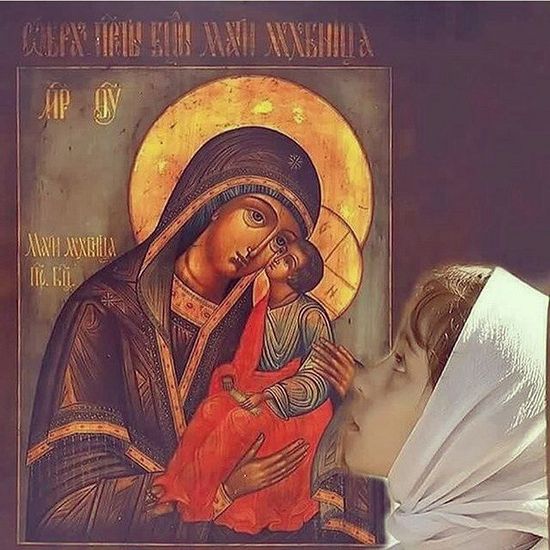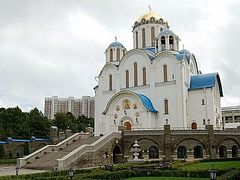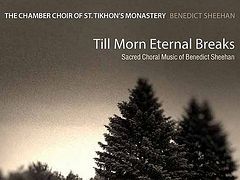We can define art in its broadest sense by its etymology: art means something artificial, that is, manmade. However, anyone can see that there are great differences between manmade things, manmade things fit into different levels. Thus, there is a great difference between a spade and an antique vase, or a 1960s block of flats and a palace, a Picasso and a Rembrandt, or heavy rock music and a Strauss waltz. All are manmade, but the former examples reflect a lack of inspiration as compared to the latter. What then is inspiration?
Inspiration is the reflection of the soul. Hence the attraction of art made by more refined souls, who have put thought and effort, technique and skill into art. The nobler and finer the soul, the nobler and finer the art. Here then we have the fundamental difference between two different levels of art—what can be called low art and high art. Indeed, so low are mass-produced manmade items, for instance, consumer goods, that some would say that they are not worthy even of the name ‘low art’. After all, they are not manmade, but machine made. On the other hand, there is art that clearly belong to the world of ‘high art’, art that can move the soul by its beauty. However, there is also a world of art higher than ‘high art’.
Here we are talking not just about art inspired by noble and fine souls, but about art inspired by the Divine Spirit. Here we are in the world of Orthodox Christian art. What is the difference between Orthodox Christian art and all other art, low or high? We have spoken already of low and high art, for example a piece of modern art and a Rembrandt painting. But higher than this there is the icon. What is an icon? It is a painting in front of which we want to pray. I have not yet heard of anyone wanting to pray in front of a painting by Picasso, or a painting by Rembrandt, even if its subject was religious. But people want to pray in front of icons. Why?
This is because an icon represents a Divino-human reality and it is painted not just through inspiration of the soul, but through Divine inspiration acting on the spirit. The same is true of Church music, Church architecture and Church artefacts. They all inspire prayer. However beautiful or interesting high art, a piece of classical music, a palace or an antique vase, it does not make us pray. We admire it or are even moved by it, but no more. We cannot forget the stories of SS officers who listened to Mozart before they went off to slaughter some more concentration camp prisoners. Here is the difference between high art and Orthodox Christian art, much greater than the difference even between low art and high art.
We can conclude that there are three levels of art: low art, high art and Orthodox Christian art.
Low art includes everyday manmade or artificial objects, like spades, mugs, cars, flatpack furniture, blocks of flats. This art is so low that only the broadest possible sense of the word art can include them. Low art contains very little inspiration, very little ‘soul’, rather it reflects the fallenness of humanity.
High art is inspired, it is handmade, it contains thought and soul, effort and skill, it reflects the values, nobility and finesse of the soul of its author and can even move by its beauty—but no more.
Finally, there is Orthodox Christian art. This is the art that can bring us to prayer and repentance. It reflects Divine inspiration, the Spirit of God that has inspired the soul and mind and hand of man. In this respect it approaches the beauty of the Unfallen Creation, of Paradise, which can sometimes be picked up by the soul as it looks at what remains of God’s Creation in even this fallen world, the Divine Inspiration behind the forests and the oceans, the mountains and the stars, for these too can bring us to prayer and repentance.





